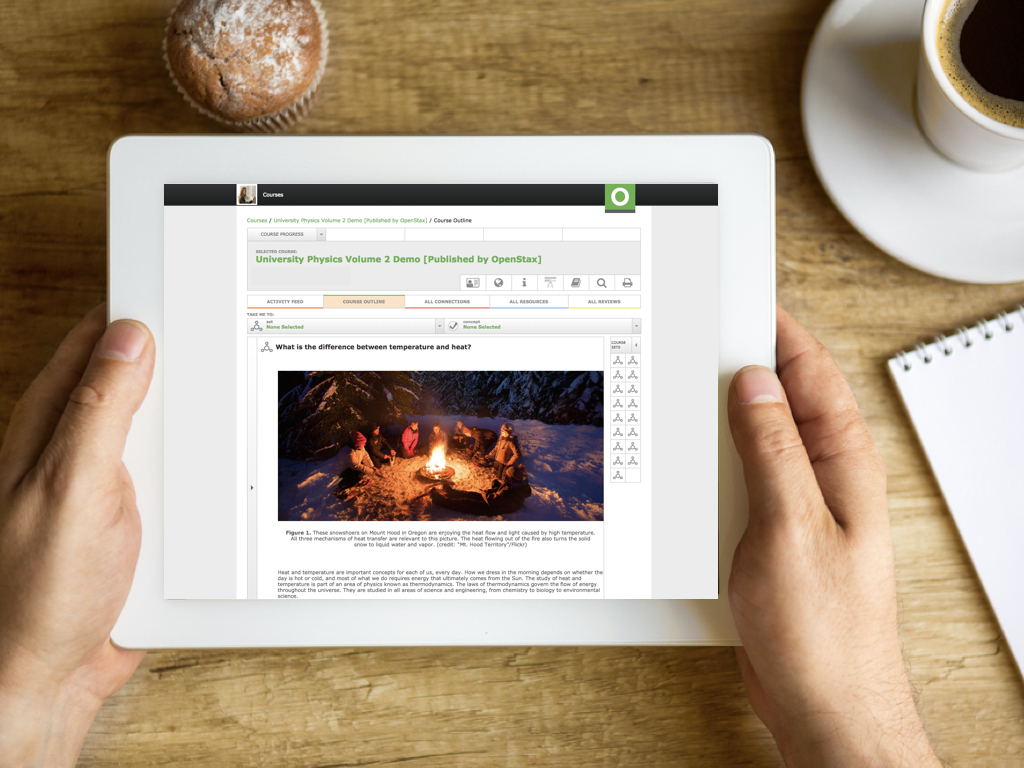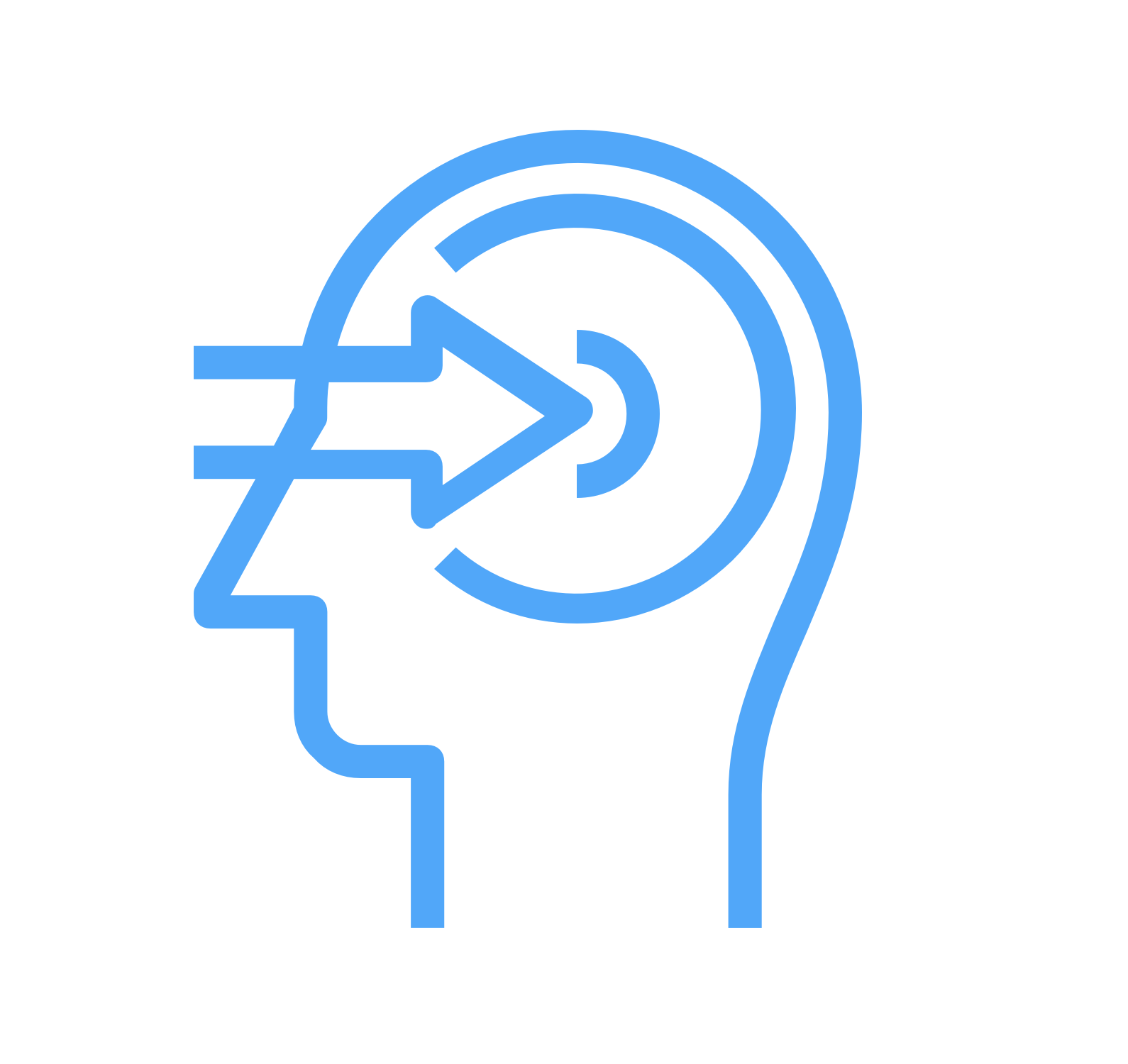
University Physics Vol. 2
The comprehensive contents from this book, combined with Odigia’s Teaching and Learning Tools have everything you need to engage, collaborate, track and assess your students.
This course includes:

342
practice questions

30
engagement activities
Helping Teachers Do What They Do Best: Teach

Customize
Use our courses as is or easily customize them to fit your teaching style and the needs of your students. You can add your favorite resources, hide and show our existing content and pre-built assessments, or make them your own. Everything your students need, in one place!

Engage and Collaborate
Odigia combines learning materials, discussions, and tools to create a familiar social experience for students allowing you to easily connect and redirect students attention.

Track
See how much time students are spending on different areas of the course, which areas are creating the most amount of engagement and identify topics the students are struggling with. Flag and provide feedback on assignments to proactively meet individual students' needs.

Assess
Game theory allows students to monitor their progress visually and motivates them to stay on track. Students can see exactly what activities they need to complete, which ones have been flagged and compare their progress against the overall class.
University Physics Vol. 2 Course Outline
What is the difference between temperature and heat?
- How is thermal equilibrium related to temperature?
- How is temperature measured and converted between different scales?
- What are the effects of thermal expansion?
- How are problems involving heat transfer solved?
- What are the different phase transitions of heat flow?
- What are the different mechanisms of heat transfer?
How is the Kinetic Theory of Gases explained?
- What does a molecular model of an ideal gas look like?
- What is the relationship between pressure, temperature, and RMS speed?
- How is the heat capacity and equipartition of energy determined?
- How are molecular speeds distributed in an ideal gas?
What is the First Law of Thermodynamics?
- How are thermodynamic systems defined?
- What is the relationship between work, heat, and internal energy?
- How is the first law of thermodynamics applied?
- What are the different types of thermodynamic processes?
- How is the heat capacity of an ideal gas determined?
- What are the adiabatic processes for an ideal gas?
What is the Second law of Thermodynamics?
- How are reversible and irreversible processes defined?
- What are the functions and components of a heat engine?
- What are the differences between refrigerators and heat pumps?
- What are the different statements of the second law of thermodynamics?
- What is the Carnot Cycle and its implications?
- How is the entropy of simple processess calculated?
- What is the meaning of entropy at a microscopic scale?
What is the significance of electric charges and fields?
- How does an electric charge create force?
- What are the similarities and differences between conductors and insulators?
- What is Coulomb’s Law?
- What is the purpose and properties of the electric field?
- How are the electric fields of charge distributions calculated?
- How are electric field lines diagramed?
- What are electric dipoles?
How is Gauss's Law used?
- How is electric flux calculated?
- How is Gauss’s Law explained?
- How is Gauss’s Law applied?
- What is the electric field within and immediately outside a conductor at equilibrium like?
How is electric potential related to voltage and electrical energy?
- What is electric potential energy?
- How are electric potential, voltage, and potential difference related?
- How is electric potential calculated?
- How is the electric field calculated from a given potential?
- What are equipotential surfaces and conductors?
- What are the different application of electrostatics?
Why is capacitance important?
- How is the capacitance of a capacitor evaluated?
- How is the equivalent capacitance of capacitors in series and in parallel combinations determined?
- How is energy stored in a capacitor?
- What effects does a dielectric in a capacitor have on capacitance?
- What does the molecular model of a dielectric look like?
How does resistance affect the flow of electrical current?
- What is an electrical current?
- What does the model of conduction in metals look like?
- How do you differentiate between resistance and resistivity?
- When does Ohm’s law apply to a situation and when does it not?
- What is the relationship between electrical energy and power?
- Why are superconductors important?
How do direct-current circuits work?
- What is an electromotive force?
- How do resistors connected in series and in parallel behave?
- What are Kirchoff’s Rules, and what are their purpose?
- How are different types of electrical measuring instruments used?
- What are the applications of RC circuits?
- What are the basics of wiring and electrical safety?
How do magnetic forces and field form and behave?
- What are the different historical and contemporary applications of magnetism?
- How do magnetic fields and lines behave?
- What is the motion of a charged particle like in a magnetic field?
- How does a magnetic force affect a current-carrying conductor?
- How is the force and torque on a current loop calculated?
- What is the Hall Effect?
- What are the different applications of magnetic forces and fields?
What are the sources of magnetic fields?
- How is the Biot-Savart Law defined?
- What is the magnetic field created from a thin straight wire like?
- How does the magnetic force between two parallel current act?
- What is the magnetic field of a current loop like?
- What is Ampère’s Law?
- What is the relationship between magnetic fields, solenoids, and toroids?
- Why are certain materials magnetic and others not?
Why is electromagnetic induction important in everyday life?
- What is Faraday’s law?
- For what reasons is Lenz’s law used?
- What common processess and applications use motional emf?
- What is the relationship between an induced emf and an electric field?
- Where are eddy currents beneficial, and where are they not helpful?
- How do electric generators and back emfs work?
- What are the different applications of electromagnetic induction?
What are the applications of inductance in electronic devices?
- When is mutual inductance desirable, and when is it not?
- How do self-inductance and inductors work?
- How can energy be stored in a magnetic field?
- What are RL circuits?
- How do oscillations in an LC circuit behave?
- How do RLC series circuits operate?
How do alternating-current circuits work?
- What are the different types of AC sources?
- What processes power simple AC circuits?
- How do RLC series with AC work?
- How is power created in, and how does it move through, an AC circuit?
- What is the process to determine resonance in an AC circuit?
- What processes make transformers work?
How are electromagnetic waves created, and how do they transport energy and momentum?
- What do Maxwell’s equations explain about electromagnetic waves?
- How are plane electromagnetic waves produced and detected?
- How is energy carried by electromagnetic waves?
- What is the relationship between the momentum and radiation pressure of an electromagnetic wave?
- How is the electromagnetic spectrum arranged?
University Physics is a three-volume collection that meets the scope and sequence requirements for two- and three-semester calculus-based physics courses.
This textbook emphasizes connections between theory and application, making physics concepts interesting and accessible to students while maintaining the mathematical rigor inherent in the subject. Frequent, strong examples focus on how to approach a problem, how to work with the equations, and how to check and generalize the result.
About the authors:
Senior Contributing Authors
Samuel J. Ling, Truman State University
William Moebs, Formerly of Loyola Marymount University
Jeff Sanny, Loyola Marymount University
Contributing Authors
Gerald Friedman, Santa Fe Community College
Stephen D. Druger
Alice Kolakowska, University of Memphis
David Anderson, Albion College
Daniel Bowman, Ferrum College
Lev Gasparov, University of North Florida
Lee LaRue, Paris Junior College
Mark Lattery, University of Wisconsin
Richard Ludlow, Daniel Webster College
Patrick Motl, Indiana University Kokomo
Dedra Demaree, Georgetown University
Edw. S. Ginsberg, University of Massachusetts
David Smith, University of the Virgin Islands
Joseph Trout, Richard Stockton College
Kevin Wheelock, Bellevue College
Tao Pang, University of Nevada, Las Vegas
Kenneth Podolak, Plattsburgh State University
Takashi Sato, Kwantlen Polytechnic University

